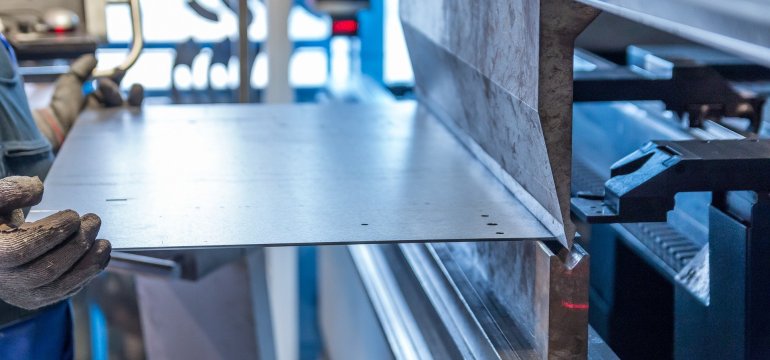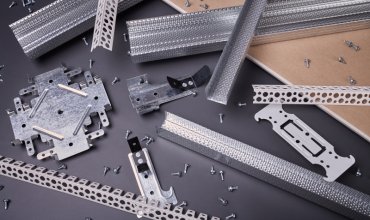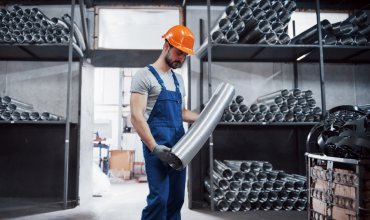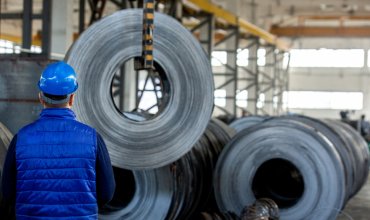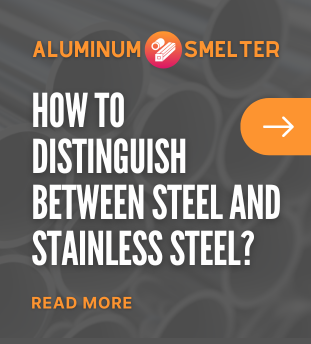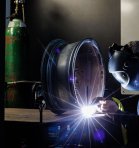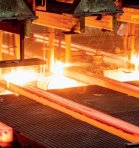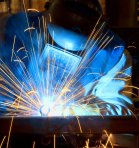As one of the most popular metals used in industry, aluminum has many advantages that make it a frequent material of choice in various industries. However, in order to realize its full potential, proper heat treatment is necessary. But what is heat treatment of aluminum alloys? It is a process that makes it possible to significantly improve the properties of this metal, such as strength, hardness or corrosion resistance. Heat treatment of aluminum is a complex process that consists of many methods, each with different benefits. In this article, we will introduce the methods and benefits of heat treatment of aluminum alloys, with a special focus on the situation in Poland.
Heat treatment methods for aluminum
Annealing - what does it consist of and what benefits does it bring?
Annealing is one of the basic methods of heat treatment of aluminum alloys. This process involves heating the metal to a certain temperature and then slowly cooling it. Annealing is designed to remove various structural defects caused by previous operations, such as plastic deformation or internal stresses.
Annealing has several stages:
- Heating to the right temperature - usually in the range of 300 to 500°C.
- Maintaining the temperature for a specified period of time - this allows stress relaxation and homogenization of the structure.
- Slow cooling - usually in an oven.
The benefits of annealing are primarily an improvement in the plasticity and strength properties of aluminum alloys. The material becomes more homogeneous, internal tensions are reduced, and hardness is reduced, which facilitates further machining.
Hardening in the heat treatment of aluminum
Quenching is another important heat treatment method for aluminum alloys. It is characterized by rapid cooling of the metal after it has been previously heated to a high temperature, which leads to structural changes in the material, thereby increasing its strength.
The process of hardening aluminum:
- Heating to a temperature in the range of 450-550°C.
- Maintaining the temperature for the time necessary to fully dissolve the phase components.
- Rapid cooling - often carried out in water, oil, or special solutions.
Quenching makes it possible to significantly improve the strength properties of aluminum alloys, which is especially important for structural components that are subjected to high loads. Through hardening, significant improvements in wear and corrosion resistance can also be achieved.
Aging of steel - effectiveness and application
Aging is a thermal method that follows the hardening process. Heat treatment of aluminum alloys by aging involves keeping the metal (after quenching) at a certain temperature (usually 100-200°C) for an extended period of time. This process results in the strengthening of the material due to the separation of fine particles in the structure, which effectively prevents dislocation displacement.
The benefits of aging are:
- Increasing the hardness and strength of the metal,
- Improving dimensional stability,
- Increasing creep resistance.
Plasticization - a method of improving ductility
Plasticization is a unique heat treatment process for aluminum alloys that involves heating the metal to a temperature below its melting point, making it more ductile. Such a plasticized alloy can then be more easily formed and machined.
- Heating to a range of 200-300°C,
- Holding the metal at this temperature for an extended period of time,
- Slow cooling.
The benefits of plasticization are that it can be more easily machined, which is essential in cases where complex shapes and precise finishes of parts are required.
Artificial aging and its application in industry
Artificial ag ing is one technique for controlling the mechanical properties of aluminum alloys. The process involves keeping the material at an elevated temperature (usually in the 120-200°C range) for a specified period of time. The result is a stable, homogeneous microstructure.
The benefits of artificial aging include:
- Optimization of mechanical properties,
- Reducing susceptibility to stress relaxation,
- Increasing the homogeneity of the material.
Applications of aluminum heat treatment in Poland
In the automotive industry
Theautomotive industry in Poland is one of the main consumers of aluminum, and its heat treatment is essential for the production of various components such as engines, bodies and other components. Heat treatment of aluminum alloys, for example through quenching and aging, makes it possible to achieve lightweight yet very strong components, which is crucial for energy efficiency and vehicle durability.
In the aerospace industry
The aerospace industry requires materials with the highest strength parameters, resistant to corrosion and extreme conditions. Heat treatment of aluminum alloys achieves these qualities, making aluminum an ideal material for structural components of aircraft and other aerial vehicles used by both the military and civilian sectors.
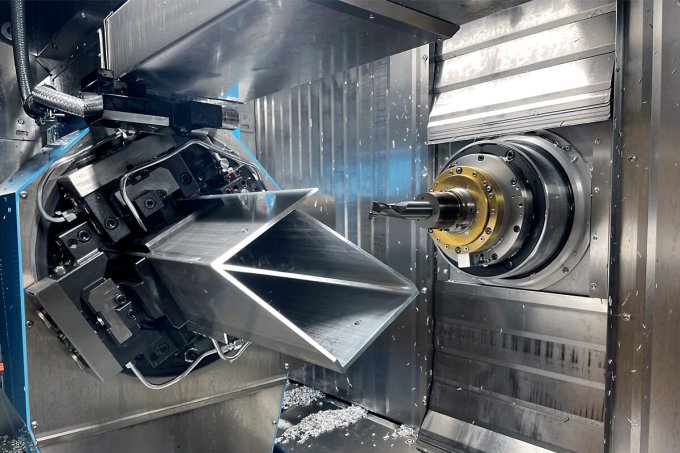
Power generation and engineering
Power engineering is another field where heat treatment of aluminum alloys is widely used. Aluminum used in the construction of cables, heat sinks and other components requires appropriate mechanical and thermal properties. Through heat treatment, the desired parameters can be achieved, which contribute to the efficiency and reliability of power systems.
Heat treatment of aluminum in Poland - trends and innovations
In Poland, aluminum heat treatment is a rapidly growing field. More and more companies are investing in modern technologies and equipment that enable precise control of thermal processes. Combining local industrial traditions with state-of-the-art technological solutions gives our companies a competitive advantage in the global market.
Benefits of heat treatment of aluminum alloys
Increased strength - the key to success
One of the most important benefits of heat treating aluminum alloys is increasing the strength of the material. Quenching and aging produce metallic phases and microstructures that increase the material's ability to withstand loads. This allows aluminum to compete with other heavier metals while retaining its lightness.
Improved ductility - unique forming capabilities
Plasticization and annealing of aluminum alloys are processes that allow the material to improve its ductility. Improved ductility opens up many possibilities for molding and shaping aluminum into various complex structures. This is particularly important in the production of aerospace and automotive components, as well as in other industrial sectors.
Corrosion resistance - protection against harmful agents
Heat treatment of aluminum alloys can also significantly improve the material's resistance to corrosion. Optimizing the microstructure through appropriate thermal processes allows for better protection against harmful agents such as moisture, salts and chemicals. This is particularly important in the context of using aluminum in structures exposed to aggressive environments.
Dimensional stability - precision and durability
Another benefit of heat treatment of aluminum alloys is the improved dimensional stability of the material. Thanks to processes such as annealing and aging, it is possible to reduce internal stresses, which translates into less susceptibility to deformation during use. This, in turn, results in greater precision and durability of aluminum products.
Ecological applications - aluminum and the environment
Heat treatment of aluminum alloys is also important from an environmental perspective. By being able to increase the strength and durability of aluminum components, these products can be made lighter, leading to reduced fuel consumption in transportation and the development of greener technologies. In addition, aluminum is a fully recyclable material, which contributes to reducing waste.
Summary
Heat treatment of aluminum alloys is a complex but absolutely essential process in the industry to maximize the properties of this valuable metal. Improved strength, ductility, corrosion resistance and dimensional stability are just some of the benefits that can be achieved through appropriate heat treatment methods. In Poland, more and more companies are recognizing the potential inherent in modern technologies and are investing in development in this field, which allows them to produce products of the highest world standard. Without a doubt, heat treatment of aluminum alloys remains one of the key elements of modern production processes, opening up new opportunities for various industrial sectors.


